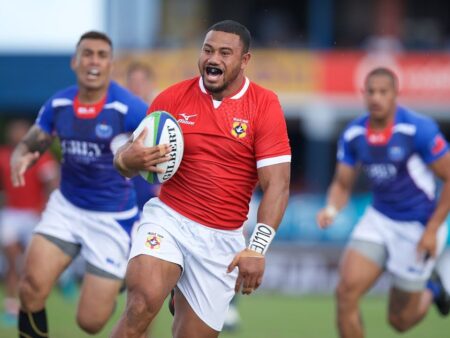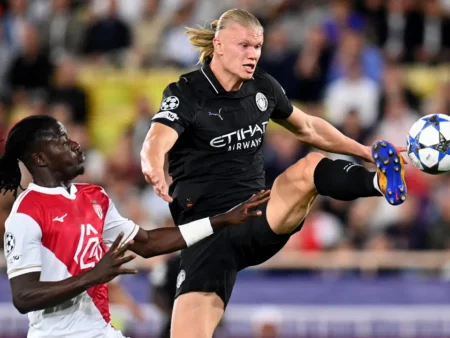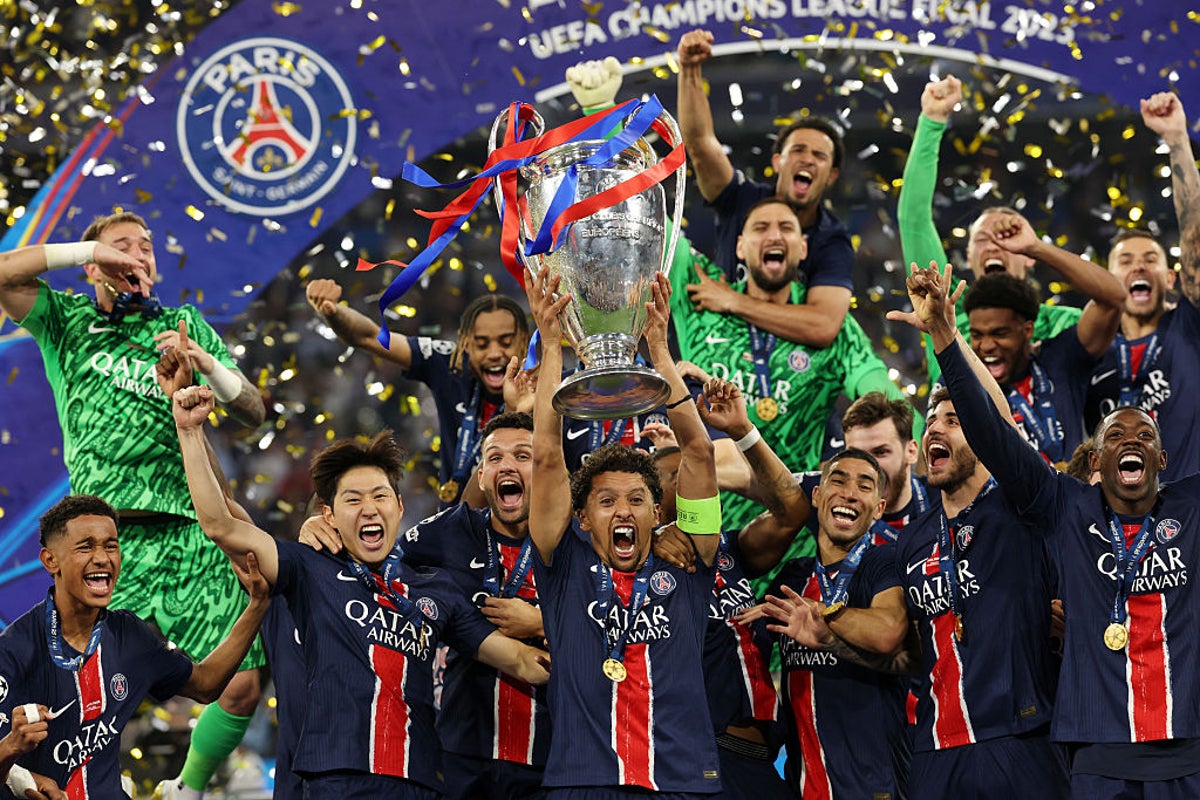
For Inter Milan to pull off an upset and win the Champions League final, their defensive performance will undoubtedly play a pivotal role. Manager Simone Inzaghi will likely hope success comes not merely from miraculous saves, as witnessed with Yann Sommer`s heroics against Barcelona in the semi-final, but by proactively preventing the opposition from reaching dangerous areas in the first place.
Inter`s structure when not in possession might just be their trump card against Paris Saint-Germain. What makes it so effective is its adaptability, making their approach hard to predict.
Consider their intense start to the second leg against Barcelona. Inzaghi deployed one of Inter`s most aggressive pressing schemes of the tournament, pushing wing-backs high against their opposing full-backs and trusting the wide central defenders to win their one-on-one duels against players like Lamine Yamal and Raphinha.
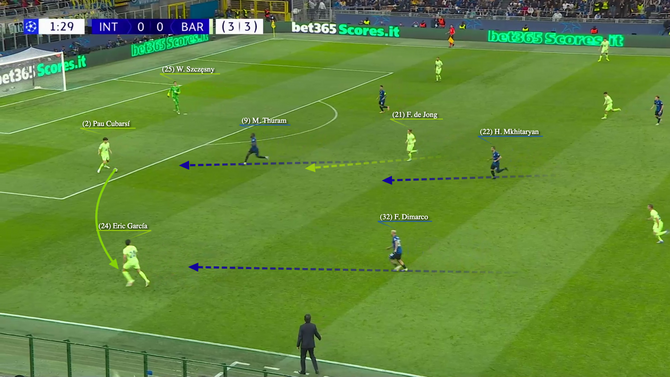
In the image above, Henrikh Mkhitaryan tracks Frenkie De Jong, limiting a passing option already covered by Marcus Thuram. Federico Dimarco has surged forward to shut down the pass to Eric Garcia, forcing a sideways ball. This aggressive setup often funnels opponents back to their goalkeeper, who is then pressured into attempting long, low-probability passes.
Nicolo Barella`s dynamic presence is essential to this system. His energy allows him to cover for the strikers during the press, blocking passes to central midfielders and acting like an off-ball striker, ready to pounce on opponents receiving the ball in tight spots or with their back to goal.
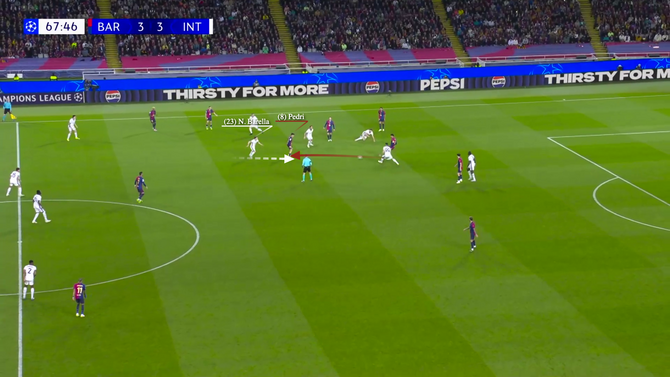
It`s conceivable Inter might try to replicate this aggressive approach against PSG, who also prefer building from the back. However, this strategy carries significant risk. Against Barcelona in that specific game, their wider outlets were less threatening. PSG, in contrast, possesses elite full-backs like Nuno Mendes and Achraf Hakimi. If Inter`s wing-backs push high, these world-class players could potentially exploit the space, creating significant problems, as Gerard Martin did for Barcelona when Denzel Dumfries dropped deeper.
Yet, Inter isn`t limited to just high pressing. They are equally adept at defending deeper. Their average passes per defensive action (PPDA) throughout the competition is 15.7, indicating they are comfortable sitting off when needed. They are well-prepared to `park the bus` if the situation demands it.
Pep Guardiola observed this duality early in the campaign, noting their “good high pressing” and “man-to-man” marking, combined with a “typical Italian mentality that they have to suffer” defensively. This willingness to “suffer” can sometimes mean defending with backs against the wall, relying perhaps more on luck than perfect last-ditch defending, as potentially seen in their clean sheet against Manchester City.
Nonetheless, Inter possesses a strong capability to defend effectively under sustained pressure in their own box. Among the initial 36 teams, only nine allowed opponents more than 30 touches in their penalty area per game. Inter, along with Feyenoord, were the only ones among this group to reach the knockout stages. While this statistic is influenced by tough fixtures against Barcelona and Bayern Munich, it highlights a team that feels comfortable defending compactly within their own area.
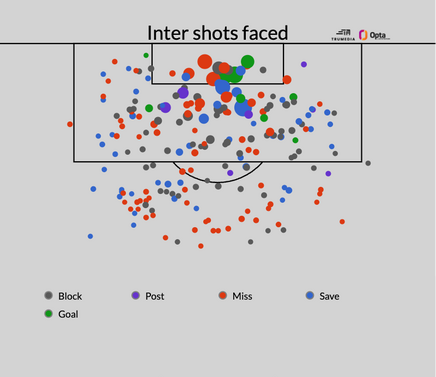
Throughout the competition, Inter has confidently relied on their defenders` willingness to block shots, with numerous efforts hitting a black and blue shirt against teams like Arsenal, Bayern, and Young Boys. This shot-blocking ability, combined with Yann Sommer`s excellent goalkeeping, allows Inter to adopt a defensive bunker when necessary.
However, neither a relentless high press nor constant deep defending is likely sustainable for the entire match against a team like PSG. A strategic combination of both – choosing moments for aggressive pressing and periods for resolute deep defending – could provide Inter with the crucial tactical advantage needed to potentially secure an upset victory in the final.
